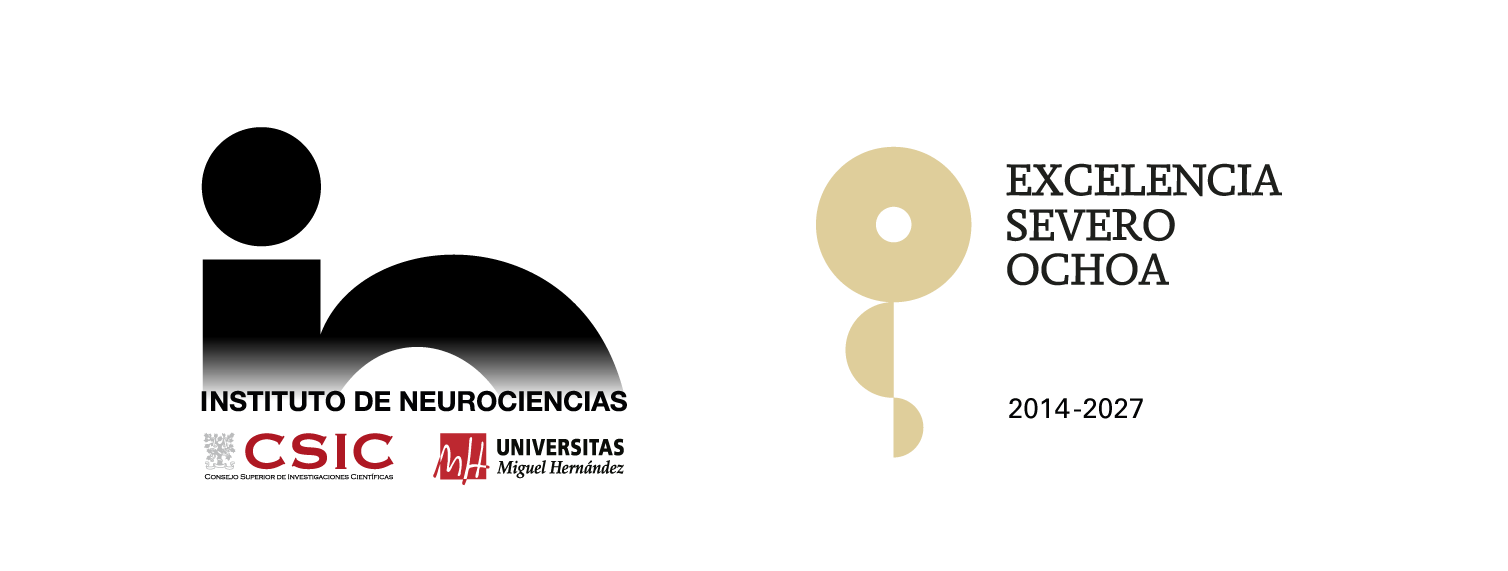The European Vision Award 2011 goes to Prof. Carlos Belmonte
10 de mayo de 2011
The European Vision Institute congratulates Prof. Carlos Belmonte to this prestigious award.

Carlos Belmonte has made seminal contributions to the functional characterization of the non-visual sensory innervation of the eye. Using cellular, electrophysiological and behavioural techniques, he unveiled the functional characteristics of ocular sensory nerves and their role in ocular sensations as well as in the neural regulation of various ocular functions (tearing, blinking, regulation of ocular blood flow and intraocular pressure), on corneal trophism and on wound healing. His findings represent a fundamental advance in our present knowledge of the neurobiological basis of ocular discomfort, pain and dysesthesias, both in normality and in a number of pathological situations such as dry eye, contact lens wearing, herpes, diabetes and postsurgical pain. In addition, Prof. Belmonte has developed a new esthesiometer (the Belmonte Esthesiometer) that measures separately the different modalities of corneal and conjunctival sensation in humans, allowing a more complete clinical evaluation of the ocular surface sensitivity. He has also contributed to identify the participation of sensory neuropeptides in corneal wound healing, discovered the existence of sensory and autonomic fibers activated by intraocular pressure changes and, very recently established the role of cold ocular fibers in the maintenance of basal tear secretion. Prof. Belmonte has made also important contributions to general sensory neurobiology in the area of peripheral transduction by somatic and visceral primary sensory neurons deciphering some of the molecular and cellular mechanisms for pain and temperature transduction. Schematically, his main scientific discoveries are: In Eye research: 1.The demonstration that TRPM8 is the transducing channel for cold receptor fibers of the cornea and that its genetic deletion silences temperature-dependent impulse activity and reduces basal tearing, thereby discovering that the tonic input to the CNS from cold receptors, contributes to maintain basal tear production (Nature Medicine, 2010) 2.The first functional characterization of the different types of sensory fibers and neurons innervating ocular tissues (J. Physiol.1981, 1993; Neuroscience, 2000) and the correlation between neural activity in these sensory fibers and human sensations in the ocular surface (IOVS 1999; J. Physiol.2001). 3.The demonstration of a trophic dependence between corneal epithelium cells and trigeminal sensory neurons, as well as the role of Substance P in this process (IOVS, 1990; Exp. Eye Res. 1994). 4.The demonstration that intraocular pressure (IOP) variations within physiological limits activate afferent sensory nerve fibers that transmit to the CNS a sensory message about IOP values. Also, the first published experimental evidence that IOP variations elicit concomitant reflex changes in nervous activity of autonomic (sympathetic and parasympathetic) nerve fibers (Exp. Eye Res, 1971, 1973). In Sensory Neurobiology research: 1.First electrophysiological characterization of cold thermosensitive primary sensory neurons and discovery that different potassium currents contribute to cold transduction and thermal sensitivity of cold thermoreceptors (Nature Neurosci. 2002; J. Neurosci., 2009). 2.The first direct recording of electrical currents in identified single mammalian sensory nerve terminals (J. Physiol. 1998; 2001). 3.The demonstration that genetic deletion of the NK1 receptor for Substance P in mice alters nociception, analgesia and aggression (Nature, 1998). 4.The first direct proof that nociceptive nerve terminals subserving pain have separate membrane mechanisms for transduction of mechanical and chemical noxious stimuli (J. Physiol.,1991) thus predicting the existence of TRPV1 channels in no

 English
English